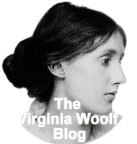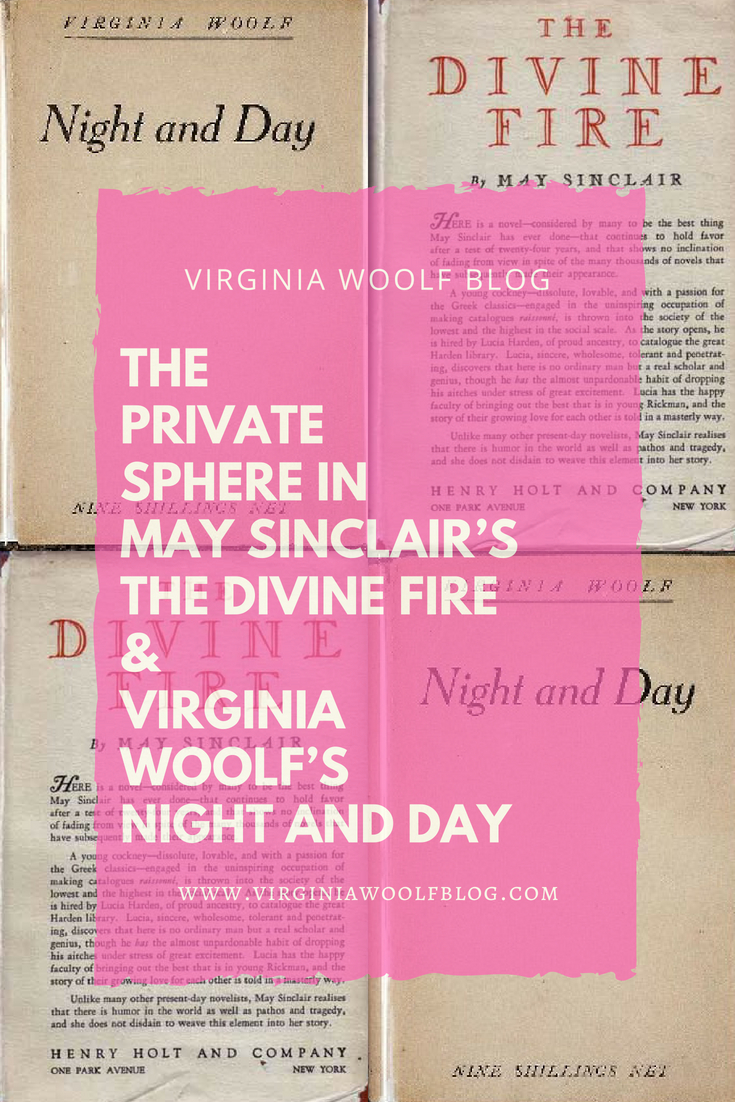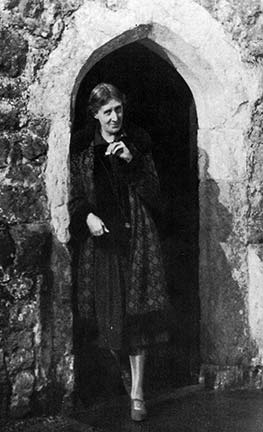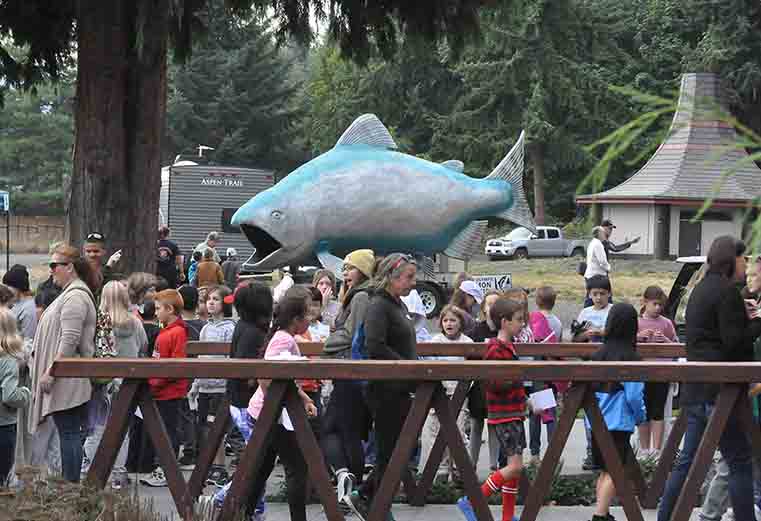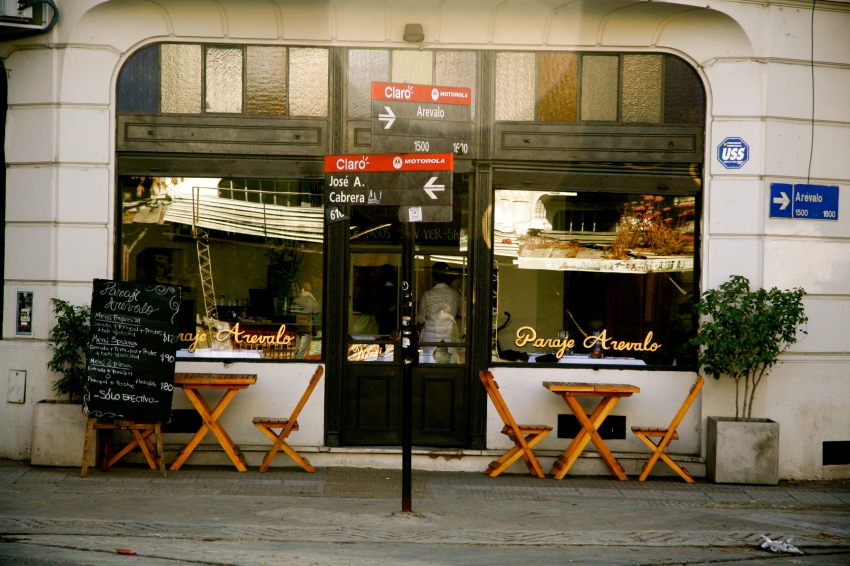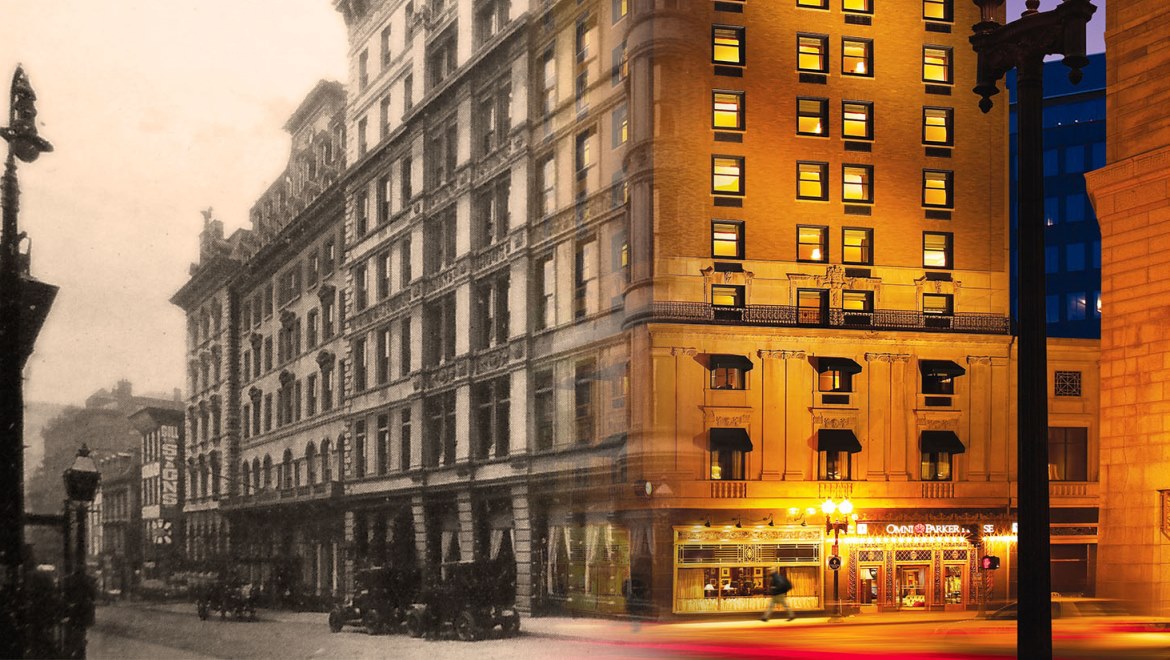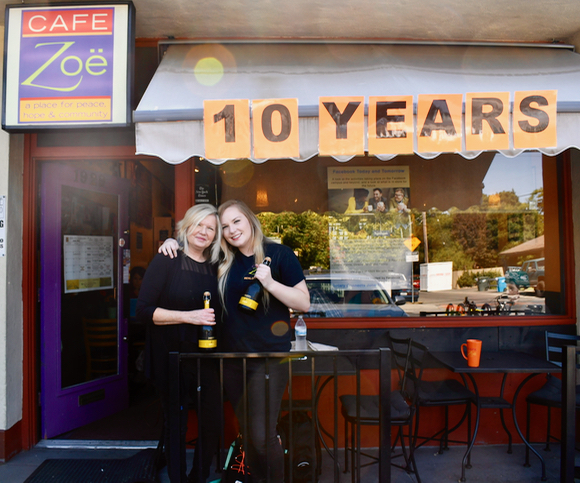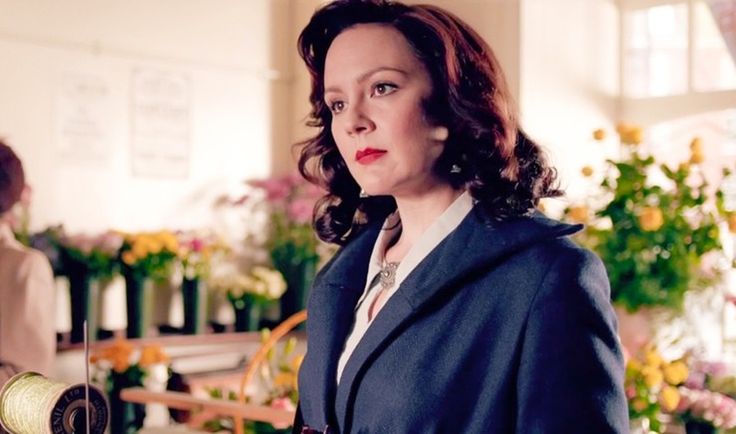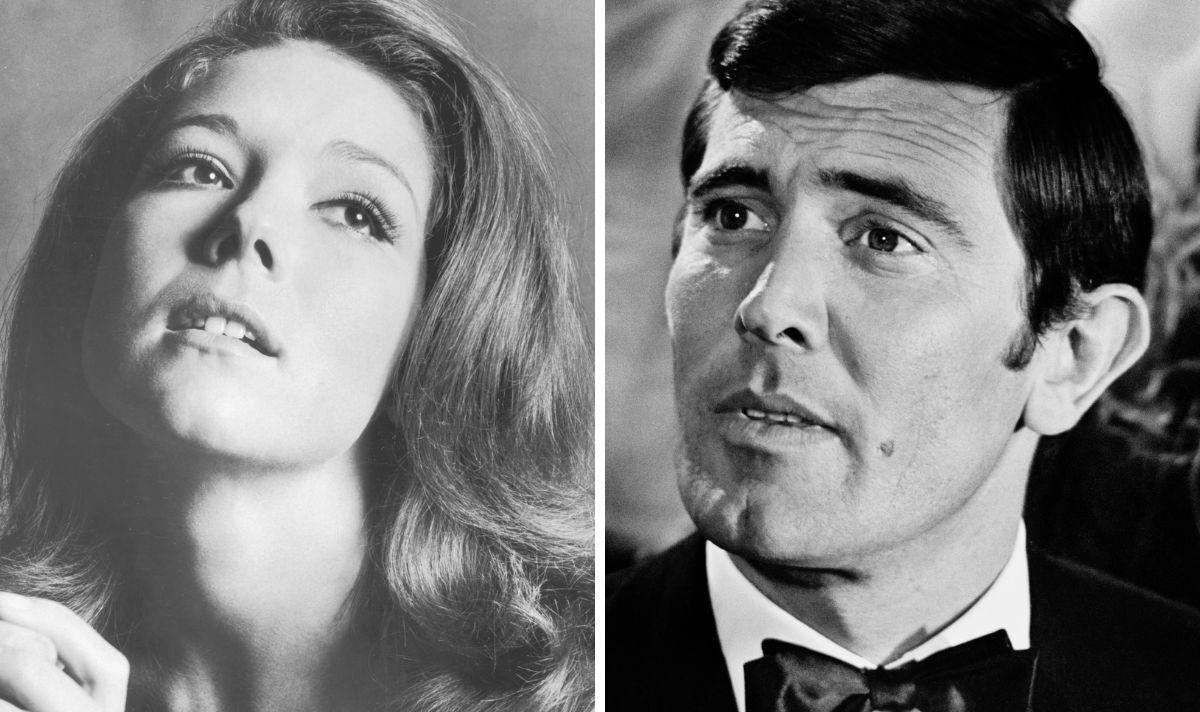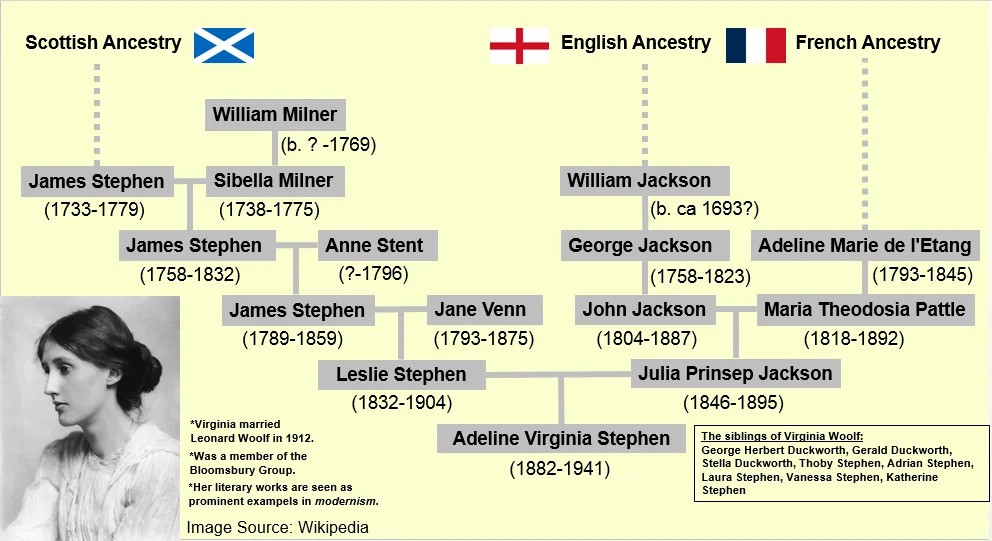
Virginia Woolf’s family consisted of writers, artists, photographs as well as politicians and aristocrats. Woolf’s family tree can be traced back to the 18th century and includes many interesting and colorful characters.
Virginia Woolf’s Paternal Family Tree:
Virginia Woolf’s maiden name was Stephen. Woolf’s earliest known Stephen ancestor was James Stephen who was a tenant farmer in Ardenbraught, Scotland but he also engaged in trade and was a suspected smuggler of contraband.
♦ James Stephen (unknown – 1750):
James Stephen, tenant farmer in Adrenbraught, Scotland, had a total of nine children, which included seven sons and two daughters, and was successful enough in his trade to give his sons a good education. Stephen died sometime around 1750 at the age of 70.
One of his seven sons traveled to the West Indies where he started a business buying sick slaves and nurturing them back to health so they were fit to be sold.
♦ James Stephen (1733-1779):
James Stephen trained as a lawyer and became a merchant. On one of his trips, Stephen became shipwrecked on the Dorset coast in England, according to a biography about Virginia Woolf written by her nephew Quentin Bell:
“A man of Herculean stature, he saved himself and four companions by the aid of his own exertions and a keg of brandy. It was dark, a tempest was raging; but they scaled a seemingly impossible precipice where ‘a cat could hardly have been expected to get up’ and found themselves upon the Isle of Purbeck. Here James was the first succoured and then entertained by Mr Millner, the Collector of Customs; he managed matters so well that he was able to secure not only much of the cargo of the vessel, but also the heart of Miss Sibella Millner, whom he secretly married.”
James Stephen was the first Stephen to write a book, according to Bell. After Stephen’s business failed and he fell into debt, he ended up in debtor’s prison at King’s Bench Prison in 1769.
While in prison, he wrote a pamphlet titled Considerations on Imprisonment for Debt, that argued against debtor’s prison. Stephen felt so strongly about the cause that took his case to the courts and even almost started a prison riot.
Stephen was eventually released after his family paid his debt, which amounted to £900. The experience convinced Stephen that he was better suited for law than commerce and he soon tried to join the Honourable Society of Middle Temple, a society of lawyers, but was reportedly rejected because of his “want of birth, want of fortune, want of education and want of temper.”
Unable to find a legitimate job in law, Stephen became the partner of a solicitor who worked with some dubious clients. As a result, the work didn’t bring Stephen much money or a boost in his reputation.
Towards the end of Stephen’s short life he began work on an autobiography and although he wrote about 600 pages it was never fully completed and only covered a small portion of his life. Leonard Woolf later published Stephen’s autobiography himself in 1954 with Hogarth Press, the small press he ran with Virginia Woolf.
Stephen died in 1779, at the age of 46, leaving behind six children and only enough money to pay his debts.
Stephen seemed to start a literary family tradition because almost every Stephen generation after that became writers and each had their own literary achievements.
♦ Master James Stephen (1758-1832):
Master James Stephen was the second of James Stephen’s six children and also became a writer, writing pamphlets and advocating for political causes like his father.
In 1781, he became a parliamentary reporter for the Morning Post. Master James later became a member of Parliament, a Master in Chancery and a very respected member of society. James also took up two political causes: abolitionism and the War of 1812.
While practicing law in the West Indies during the Napoleonic Wars he witnessed first hand how easily the British blockade was being broken by French and American merchants. Master James was so angry he wrote a pamphlet in 1805 titled War In Disguise, which according to Bell, had a significant effect on British politics:
“He was moved to write a pamphlet entitled War In Disguise, a pamphlet which resulted in the Orders in Council, the Continental Blockade, and, much to Stephen’s chagrin and astonishment, the War of 1812.”
Master James also took up the cause of abolishing slavery after he saw how badly slaves were treated in the West Indies. In the House of Commons, when he was not defending the Orders in Council, he was advocating against slavery and, in fact, it was Parliament’s refusal to act on the issue of slavery that led to Master James’ withdrawal from Parliament.
Master James died in 1832 just before Parliament finally abolished slavery in the British Empire.
♦ Under-Secretary James Stephen (1789-1859):
James Stephen was Master James’ third son and took the position of under-secretary in the Colonial Office from 1836 to 1847 where he carried on the family campaign of abolitionism. In fact, Stephen was instrumental in implementing the slavery abolition act of 1833.
Secretary Stephen also carried on the family literary tradition by contributing a series of articles to the Edinburgh Review which were later published in 1849 as Essays in Ecclesiastical Biography.
In 1850 and 1851, Stephen delivered a series of lectures about the history of France at the University of Cambridge. These lectures were then published in 1852 and received praise from French historian, diplomat and political scientist Alexis de Tocqueville.
As successful and driven as Stephen was, he was also an unhappy man who was intensely shy, gloomy and pessimistic. He suffered from low self-esteem and was convinced he was so ugly that he refused to have a mirror in his own room. He had a tendency towards self-mortification and denied himself even the simplest of pleasures, such as smoking cigars.
Stephen ran a rigidly puritanical household where his four children, Herbert Venn Stephen, James Fitzjames Stephen, Caroline Emelia Stephen and Leslie Stephen (Virginia Woolf’s father), were not allowed to indulge in frivolous things such as going to balls or theaters, although the family did have a great appreciation for art and literature.
♦ Sir Leslie Stephen (1832-1904):
Leslie and his brother, James Fitzjames, both grew up to be writers, although Leslie joined the field later in life after his father had died in 1859.
James Fitzjames Stephen became a literary critic who frequently contributed to the Edinburgh Review and the Saturday Review and, at one point, even started a flame war in the press with Charles Dickens when he wrote a critique of Dicken’s book Little Doritt.

While both James and Leslie had lost their faith in their young adulthood, they couldn’t bear to admit this while their father was still alive out of fear that it would cause him pain.
After their father died, they no longer felt that burden and began to express themselves more freely. Leslie quit his teaching job at the University of Cambridge, which at the time required him to be ordained and preach the gospels, renounced his religious beliefs and went to London to become a writer, according to Bell:
“In London, however, Fitzjames was ready to help him. Leslie was soon making a small but reputable name for himself in the Republic of Letters. He began as a journalist and an apologist for the Federal Cause in America, a cause which had few friends in this country. His sympathy for the Union led to a visit to the United States, to an interview with Lincoln and, more importantly, to a life-long friendship with James Russell Lowell, Charles Eliot Norton and Oliver Wendell Holmes. His politics were radical, very much inspired by his friend Fawcett; they were not, however, his main interest. He tended more and more towards philosophical speculation and literary criticism.”
Much like his ancestors, Leslie wrote a political pamphlet. His pamphlet, which supported the Civil War in America, was titled The Times on the American Civil War: A Historical Study, and it criticized the British press for its biased coverage of the war.
Stephen also later went on to become the editor of the Dictionary of National Biography and was a historian and literary critic. He edited Cornhill Magazine in 1871 and contributed to the Saturday Review, Fraser, Macmillian, the Fortnightly and other publications and wrote two notable books, The History of English Thought in the Eighteenth Century and the Science of Ethics.
In 1864, Stephen met his first wife, Harriet Marian (Minny) Thackeray, who was the daughter of William Makepeace Thackeray. The couple married in June of 1867 and had one child, Laura Makepiece Stephen together in 1870. In 1875, Minny Stephen, who was pregnant at the time, went into convulsions and died suddenly on Leslie Stephen’s 43rd birthday.
In 1877, Leslie Stephen fell in love with his friend, Julia Jackson (Virginia Woolf’s mother), who was also a widow, and told her of his feelings. Julia she was hesitant to get married again and therefore didn’t reciprocate. Eventually though she changed her mind.
In January of 1878, Leslie Stephen and Julia Jackson were engaged and married later that year in March.
Virginia Woolf’s Maternal Family Tree:
On Virginia Woolf’s maternal side, she had deep French roots. Virginia’s mother’s maiden name was Jackson. The first known ancestor of Virginia’s maternal side of the family was Chevalier Pierre Ambrose Antoine de L’Etang, a personal attendant to Marie Antoinette at Versailles.
♦ Chevalier Pierre Ambrose Antoine de L’Etang (1757-1840):
De L’Etang was born in 1757 and reportedly came from a long line of French noblemen. At age 13, De L’Etang was appointed as a personal page to Marie Antoinette, who was then the new princess of France.
There are many stories about what happened to DeL’Etang at Versailles. Some sources say he was discovered in a scandalous liaison with Marie Antoinette on a staircase, while others say the liaison wasn’t with Antoinette and it was instead with one of her ladies-in-waiting. Whoever it was with, the rumor is he was banished from Versailles to India as a result in 1780.
Other sources though, such as the book Lady Henry Somerset by Kathleen Fitzpatrick, say no such liaison or banishment happened and De L’Etang remained by the queen’s side throughout the revolution even standing by Marie Antoinette’s side in the prison Conciergerie, and only fled France for India in order to escape the guillotine himself.
Whatever and whenever it happened, De L’Etang did go to India where he successfully made a living breeding horses. He married a french woman named Theresa Blin de Grincourt and had five children: Julie Adeline Antoinette (born 1791), Adeline Marie (1793), Virginie (born 1795), Ambroise (unknown birth date) and Eugene (1803.)
♦ Adeline De L’Etang (1793-1845):
De L’Etang’s daughter Adeline married an Englishman named James Pattle, a gambler and a drinker who earned himself the nickname “the biggest liar in India.”
The couple had ten children, although only seven daughters survived to adulthood: Adeline, Julia Margaret, Sara, Maria, Louisa, Virginia and Sophia. James Pattle eventually drank himself to death in 1845.
Bell’s biography includes a bizarre story about how Adeline shipped her husband’s body to England:
“For some obscure reason, Adeline took it into her head that her husband should be buried in England. She gave orders that his corpse should be preserved in a barrel of rum and that full mourning dress be made for herself and her daughters. The barrel of rum containing the late James was stood at the head of the intricately carved crinoline staircase in their house. The night before they set sail for England, Adeline went upstairs to kiss her daughters goodnight when the barrel exploded – the bung had been banged in too tight. The corpse shot out and drenched Adeline in the rum. She told her factotum to repickle the corpse and not to make a hash of it this time. When they boarded the ship, it took four strong men to carry James Pattle into the hold. Some said the barrel exploded again at sea and that the second sight of the corpse sent Adeline off her head and she died raving mad. Others said when the ship docked at Southampton, Adeline remarked that wheareas it had taken four strong men to heave the the barrel into the hold, it only needed one young powdermonkey to take it down the gangplank. On being questioned, the embarrassed Captain confessed that the rations of rum being insufficient, the sailors had drunk the barrel dry.”
According to Bell, after De L’Etang died, Theresa spent her widowhood at Versailles and her seven Prattle granddaughters came to live with her there to be privately educated. The Pattle daughters eventually returned to India after their education was completed.
In 1850, Virginia Pattle, married Lord Somers and became Countess Somers. The couple had three daughters. The elder daughter, Lady Isabella Caroline, later married Lord Henry Somerset and became Lady Henry Somerset, while the youngest daughter, Lady Adeline Marie, later married the Duke of Bedford and became the Duchess of Bedford.
Sarah Pattle married Henry Thoby Prinsep, a member of the council of the East India Company.
♦ Maria Pattle (1818-1892):
In 1837, Maria Pattle married a doctor named John Jackson and moved to Calcutta, India where he had a medical practice. There the couple had three daughters: Adeline (born in 1837), Mary (born in 1841) and Julia (born in 1846) who were all born in Calcutta.
In 1848, worried India’s heat and diseases would affect her daughter’s health, Maria left Dr. Jackson behind in India and brought Julia to England where Julia’s two older sisters were already living with their aunt Sara Prinsep. Dr. Jackson retired from his medical practice in 1855 and joined his family in England.
♦ Julia Jackson (1846-1895):
In England, Julia Jackson, whose aunt was famed photographer Julia Margaret Cameron, became a pre-Raphaelite model for painters such as Edward Burne-Jones. In 1867, Julia Jackson married Herbert Duckworth and had three children: George, Stella and Gerald Duckworth.
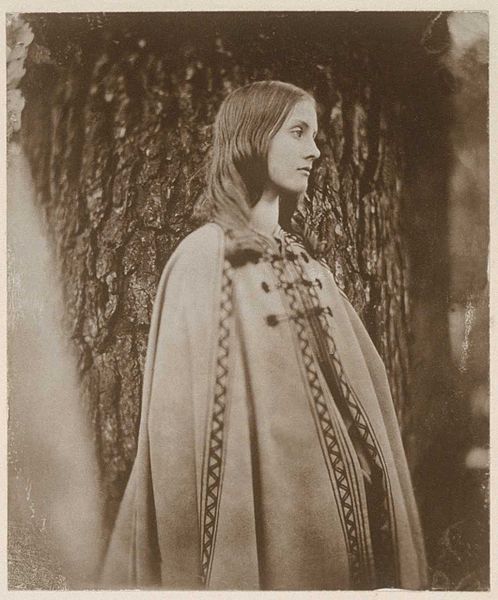
Herbert Duckworth passed away unexpectedly in 1870 after an undiagnosed abscess suddenly burst one day. Julia then married her friend Leslie Stephen on March 26, 1878 and had four more children: Vanessa Stephen (born 1879), Thoby Stephen (born 1880), Adeline Virginia Stephen (born 1882) and Adrian Stephen (born 1883).
Quentin Bell sums up Virginia Woolf’s paternal and maternal family history in the following way:
“Here then were the two sides of Virginia’s inheritence, an inheritence which was, at all events, real enough in her imagination. It is not hard to find labels for the paternal and maternal sides: sense and sensibility, prose and poetry, literature and art, or, more simply, masculine and feminine. All such labels are unsatisfactory but they suggest something that is true. To this it is necessary to add a further distinction. Julia and her family were, socially, a little better than the Stephens. Both Julia and Leslie belonged to the upper middle class but within those classes there were many fine shades of difference. Julia’s first husband [Duckworth] was certainly a much better parti than Leslie; he came from a family in Somerset so long established that, despite its commercial origins, it counted as landed gentry; their children were given the name de L’Etang; Julia herself had aristocratic connections which were sufficiently impressive; the Duchess of Bedford was her first cousin. Among her sisters, cousins, uncles, and aunts family feeling was strong; they relied, in a very artistocratic fashion, upon influence and patronage. When one of Julia’s relations did make a really disastrous mesailliance the young couple were firmly but kindly removed to the Colonies. The Stephens on the other hand had but recently escaped from the lower middle class. James the debtor was an unsuccessful foreign adventurer; his son, although not a political hack, had done political hackwork and was socially insecure. Sir James was the first to establish them securely in the professional classes; but his children had neither the money nor the influence of the Prinseps, the Camerons or the Duckworths. Their achievements have been founded upon intellect and initiative, their dignities had been won in courts of law and their family pride was the pride of the noblesse de robe.”
Sources:
Art and Affection: A Life of Virginia Woolf By Panthea Reid
The Holland Park Circle: Artists and Victorian Society By Caroline Dakers
Virginia Woolf and the Real World By Alex Zwerdling
Virginia Woolf A Biography by Quentin Bell
Wilberforce: Family and Friends By Anne Stott
James Fitzjames Stephen: Portrait of a Victorian Rationalist By K. J. M. Smith
